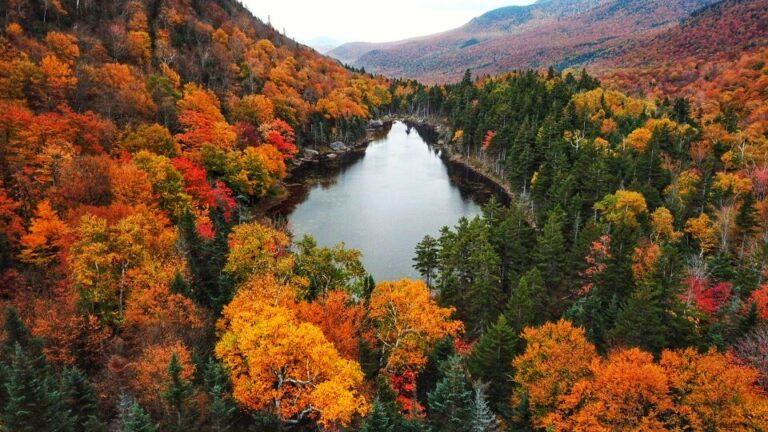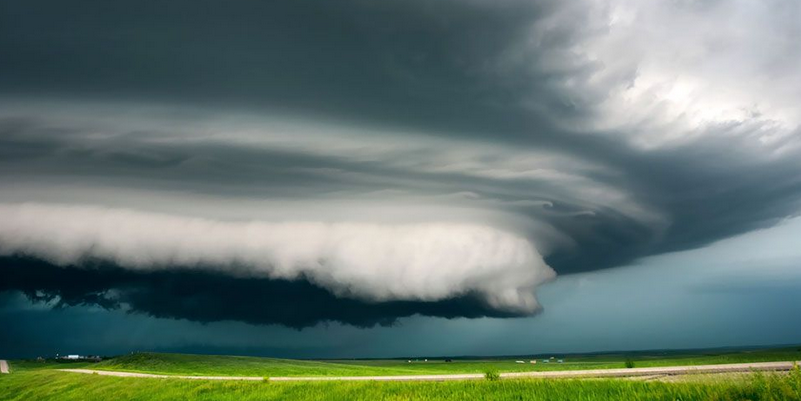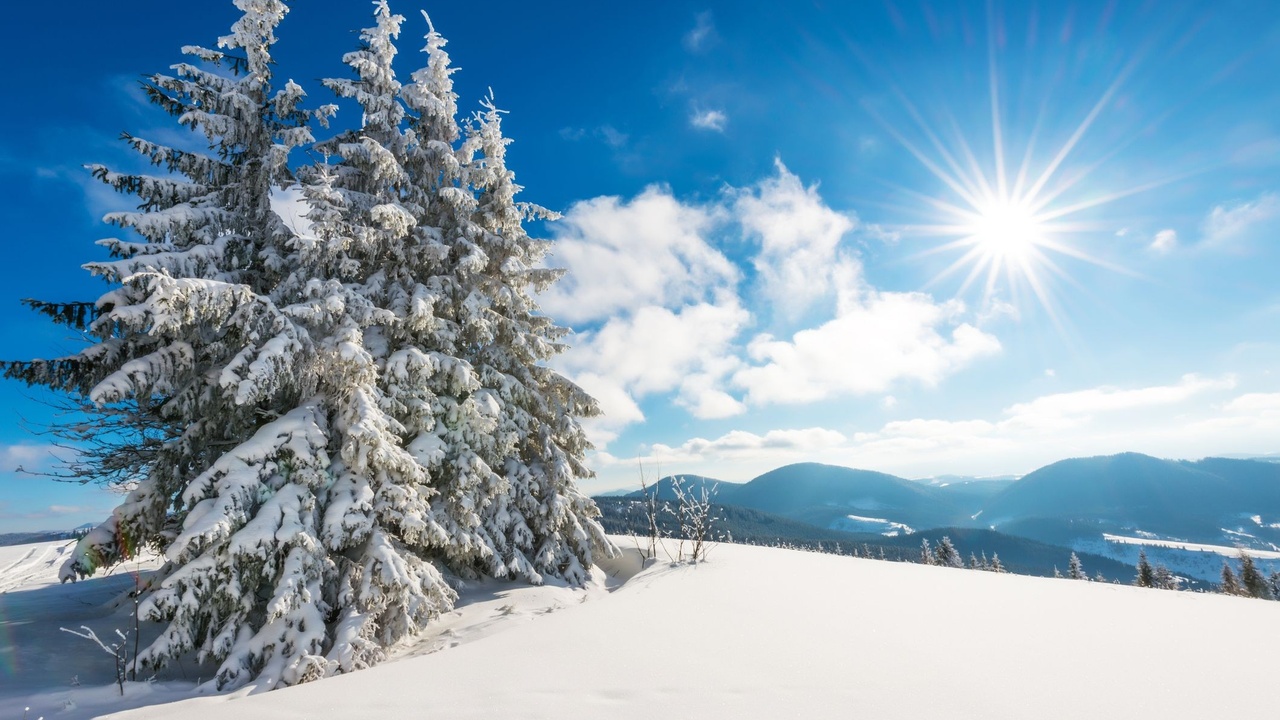by admin
Share
by admin
Share
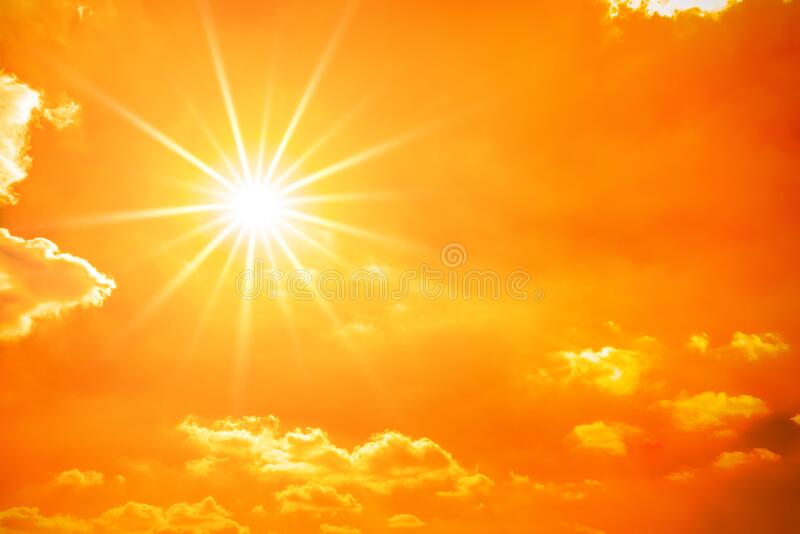
Summer is in full swing and hot weather is on everyone’s mind. While it may seem like the huge drought and heat wave over the western United States is the worst ever, it is not. There's no doubt it is a big problem, and water levels are critical for many big cities in the southwest.
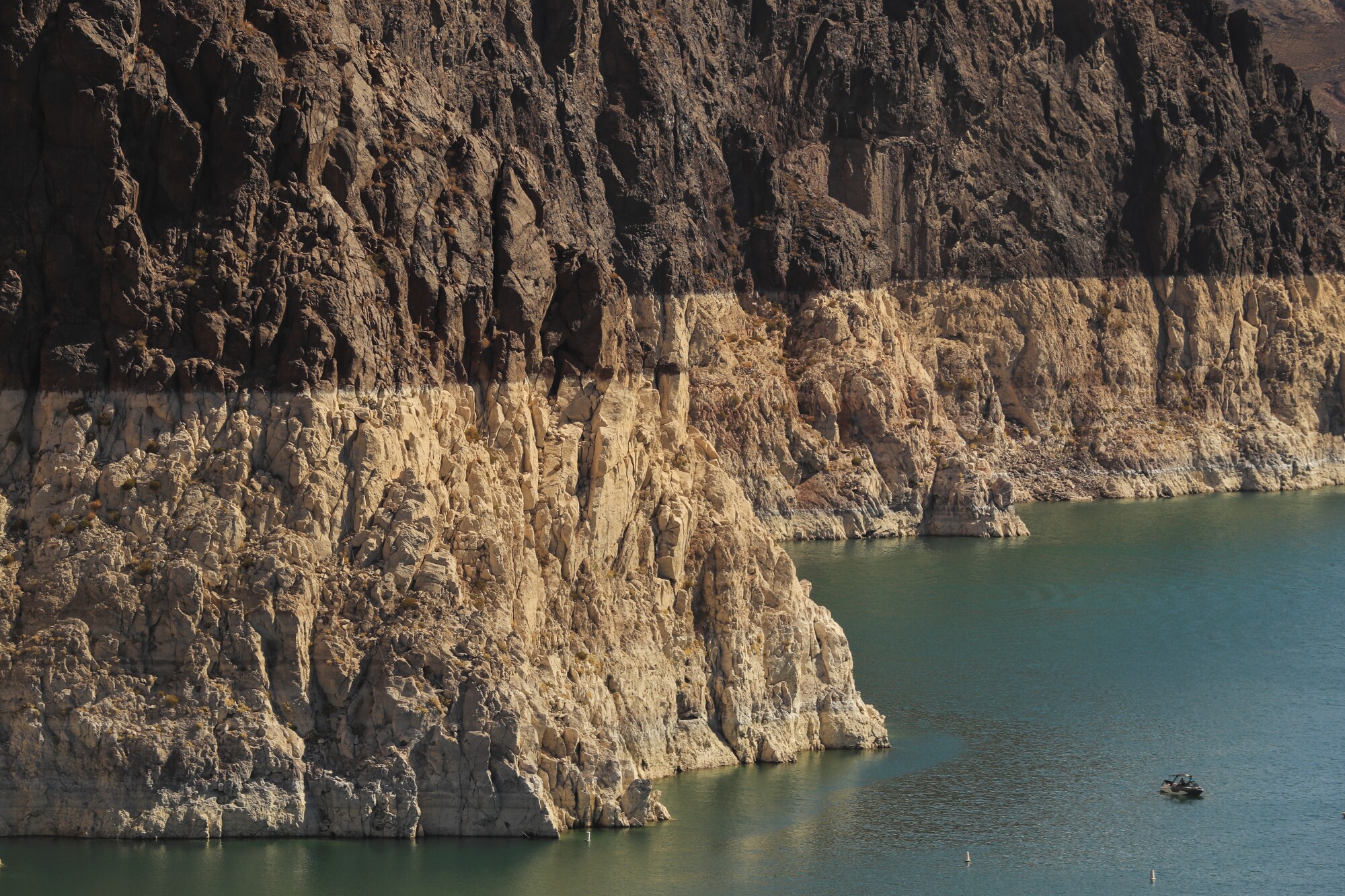
But this type of situation is not unprecedented. Here's a look at the current situation, and a little historical perspective.
Thanks to the warm ocean water temperatures over the north Pacific the current hot weather pattern will remain locked in over the United States for the rest of this summer.

This type of ocean temperature pattern helps to pump up the upper-level high pressure over the western and central United States. This map shows the current location of the big 500 millibar (~18,000 feet) high pressure area that determines the location of the current heat wave. Notice the correlation between the warm water over the north Pacific and the resulting low pressure area over the warm water that bolsters the high pressure area creating the heat dome over the U.S.:

While the western U.S. has been baking, the northwest wind flow over the northeast U.S. has brought them a fairly cool summer so far, and that is likely to continue. The ocean water temperature patterns take months to change, so you can expect the current weather patterns in your area to remain in place until autumn. If it’s been hot and dry where you are…it’s likely to stay that way the rest of this summer. Or if it’s been cool and rainy…that’s not going away either.
Here is the latest forecast for total rainfall for the rest of July in the United States. Notice that the rainiest weather is over the eastern U.S., while the drought remains locked in place out west.
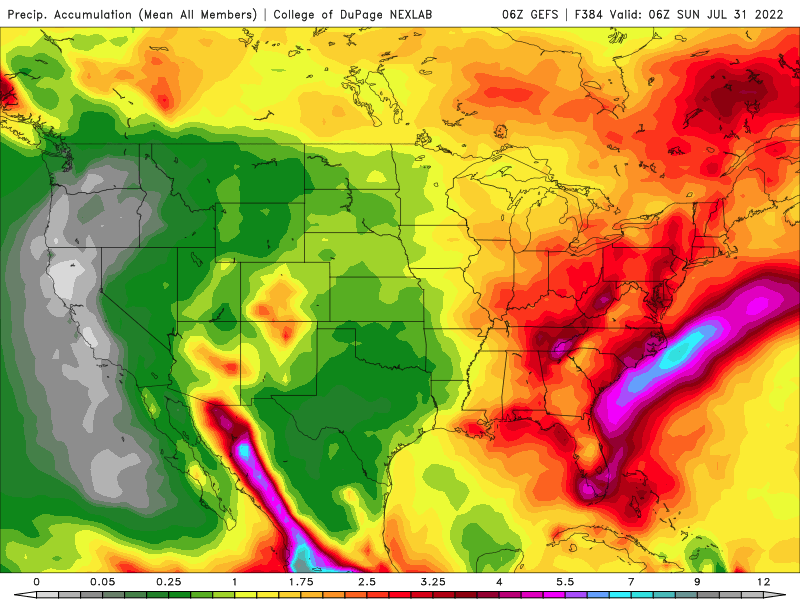
The Palmer index measures short-term drought severity. Here is a look at the location of the most severe drought conditions in the country right now:
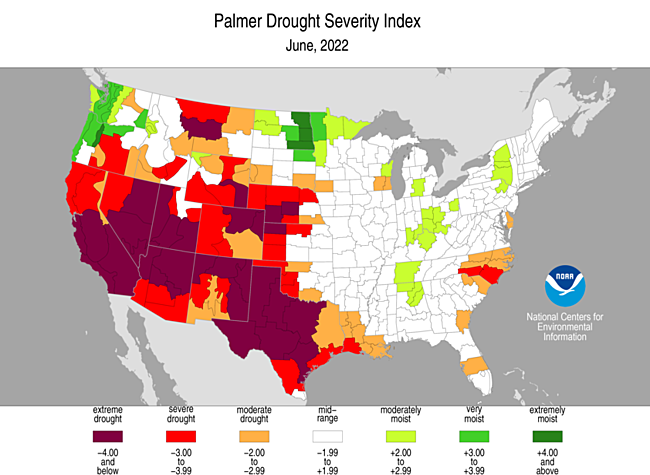
These types of droughts are not uncommon. It’s just that many people alive today, don’t remember the big ones of the past, which gives many the impression that these weather patterns are the worst ever. But that type of thinking ignores what happened in the past. Take a look at some big past heat waves/droughts of the past:
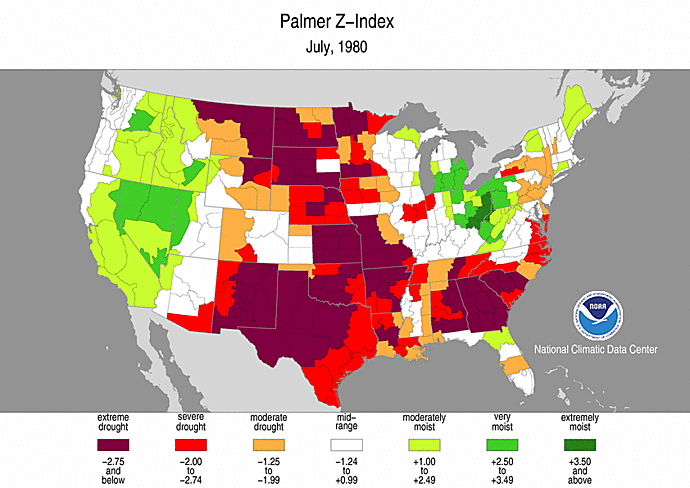
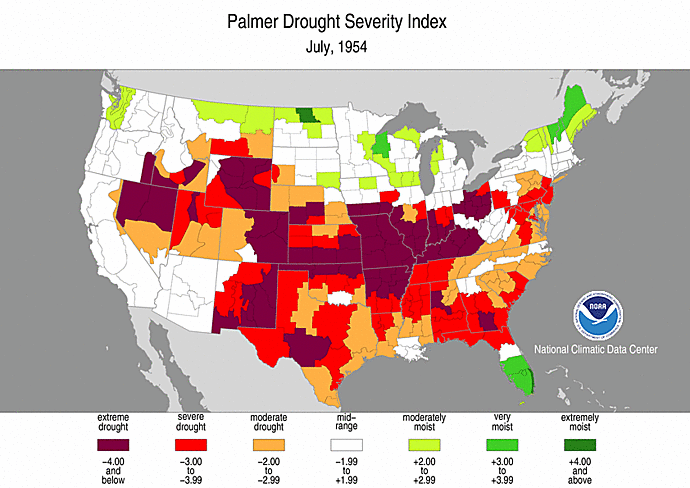
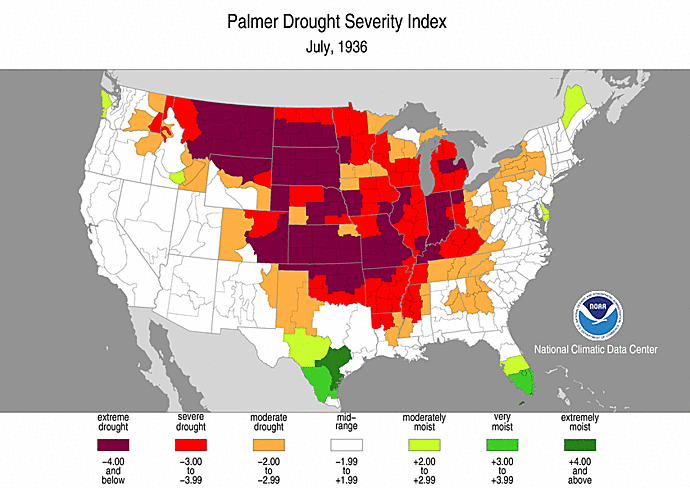
You’ll notice all of those droughts linked to major heat waves were really bad. The only thing that changed were the locations and the slight shift in weather patterns that caused them.
You do need to take hot weather seriously. Heat kills more people than almost any other weather phenomena each year. Here is a chart comparing various types of weather hazards:
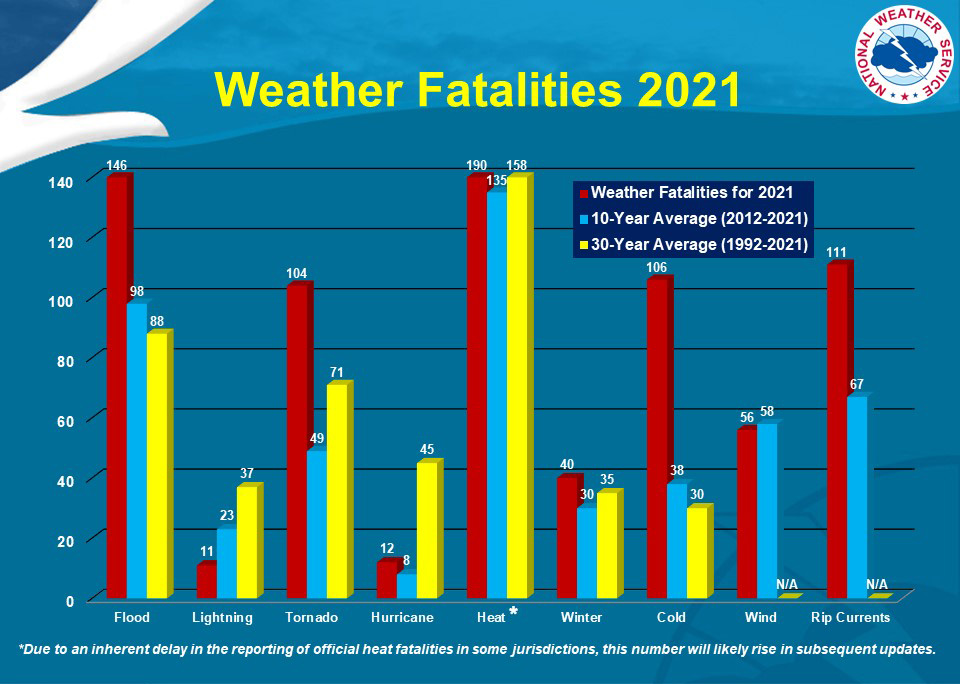
So, the message today is to make sure you drink plenty of fluids, limit your strenuous activities to the cooler parts of the day, and take time to enjoy summer! It always goes too fast!
STAY IN THE LOOP
Subscribe to our free newsletter.
October is here, and everyone’s thoughts turn to chillier weather, and what lies ahead for the upcoming winter. As we have said, in previous IQ Weather posts, the location and strength of warm and cold ocean water has a lot to do with the weather patterns currently in play…and the one that will impact winter […]
Severe weather season shows no sign of letting up early this year. Typically, as we move through June the action starts slowly shifting northward. By July and August, the higher chance for tornadoes shifts to the upper Midwest and northern Plains. But this year that northward shift may be a little slower…much like 2021. Here […]
Meteorological winter has arrived! You can always count on IQ Weather to explain the difference! You see, December 1st is the first day of meteorological winter. Typically, that is when you start seeing the colder air starting to push farther south more frequently as the daylight grows shorter. It is also a convenient way for meteorologists […]

